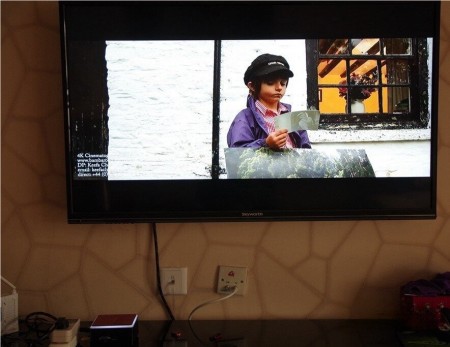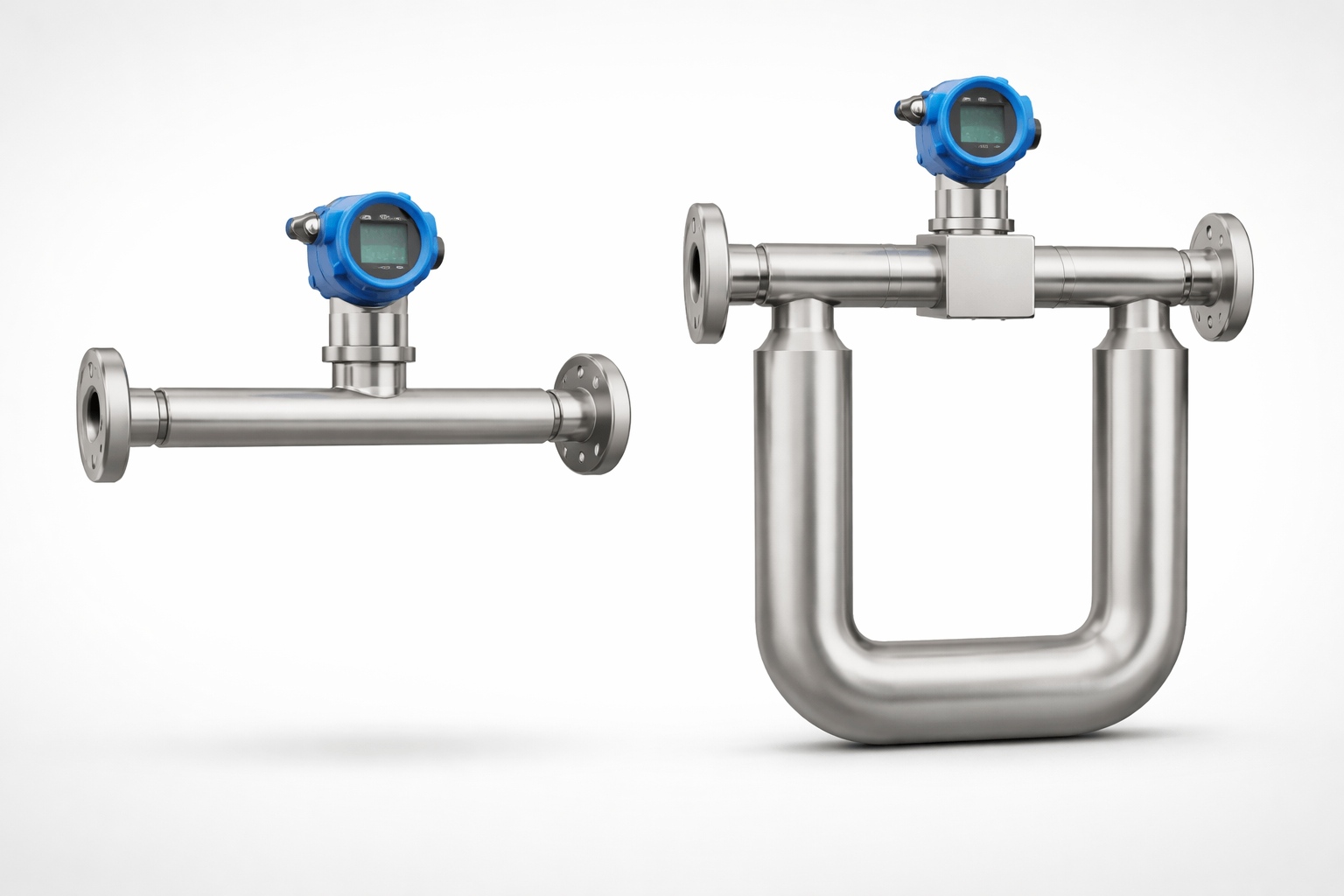Electrical shorts are a common yet potentially hazardous issue that can arise in residential and commercial electrical systems. Understanding how to trace an electrical short is crucial for both safety and efficiency. This guide will delve into the intricacies of identifying and resolving electrical shorts, providing you with practical steps and expert insights to tackle this challenge effectively.
Understanding Electrical Shorts
An electrical short occurs when electricity flows along an unintended path, often leading to circuit overloads, equipment damage, or even fire hazards. Shorts can manifest in various forms, including:
- Direct Shorts: Occur when two conductive materials touch, creating a low-resistance path for current.
- Ground Faults: Happen when a live wire touches the ground or a grounded surface, causing current to flow where it shouldn't.
- Open Circuits: While not a short in the traditional sense, they can create conditions that lead to shorts when the circuit is re-established improperly.
Safety First: Precautions Before Tracing a Short
Before you begin tracing an electrical short, it’s vital to prioritize safety. Here are essential precautions to take:
- Turn Off Power: Always switch off the circuit breaker or remove the fuse associated with the circuit you are working on.
- Use Personal Protective Equipment (PPE): Wear insulated gloves and safety goggles to protect against accidental shocks and debris.
- Verify Power is Off: Use a non-contact voltage tester to ensure that no voltage is present before touching any wires or components.
Step-by-Step Guide to Trace an Electrical Short
- Visual Inspection
Start with a thorough visual inspection of the circuit components. Look for:
- Burnt or Discolored Wires: These can indicate overheating due to excessive current.
- Damaged Insulation: Frayed or melted insulation can lead to shorts.
- Loose Connections: Check for any loose or corroded terminals that may cause intermittent shorts.
- Utilize a Multimeter
A digital multimeter (DMM) is an invaluable tool for tracing electrical shorts. Follow these steps:
- Set the Multimeter: Switch it to the continuity setting.
- Test the Circuit: Disconnect the circuit from the power source and test each segment of the circuit. Place one probe on the wire and the other on the ground or neutral. A beep indicates continuity, suggesting a potential short.
- Identify the Faulty Segment: Systematically isolate sections of the circuit until you pinpoint the area where continuity exists when it shouldn’t.
- Check Circuit Breakers and Fuses
Sometimes, the issue may lie within the circuit breaker or fuse itself. Inspect these components for:
- Tripped Breakers: Reset any tripped breakers and observe if they trip again.
- Blown Fuses: Replace any blown fuses and monitor for recurring issues.
- Use an Infrared Thermometer
An infrared thermometer can help identify hotspots in the circuit. Areas with excessive heat may indicate a short. Scan the circuit while it’s powered on (with caution) to locate these hotspots.
- Conduct a Load Test
If the short is intermittent, conducting a load test can help. Use a load tester to apply a controlled load to the circuit and observe if the short occurs under specific conditions.
Advanced Techniques for Tracing Shorts
For more complex situations, consider these advanced techniques:
- Circuit Tracers: These devices can send a signal through the circuit, allowing you to trace its path and identify breaks or shorts.
- Oscilloscope: For professionals, an oscilloscope can help visualize the electrical signals and identify anomalies that suggest a short.
Conclusion: Resolving the Short
Once you have successfully traced the electrical short, it’s time to resolve the issue. Depending on the nature of the short, you may need to:
- Replace Damaged Wires: Ensure all damaged wiring is replaced with appropriate gauge wire.
- Repair Connections: Tighten or replace any loose or corroded connections.
- Upgrade Circuit Components: If the circuit is frequently overloaded, consider upgrading breakers or adding additional circuits to distribute the load.





